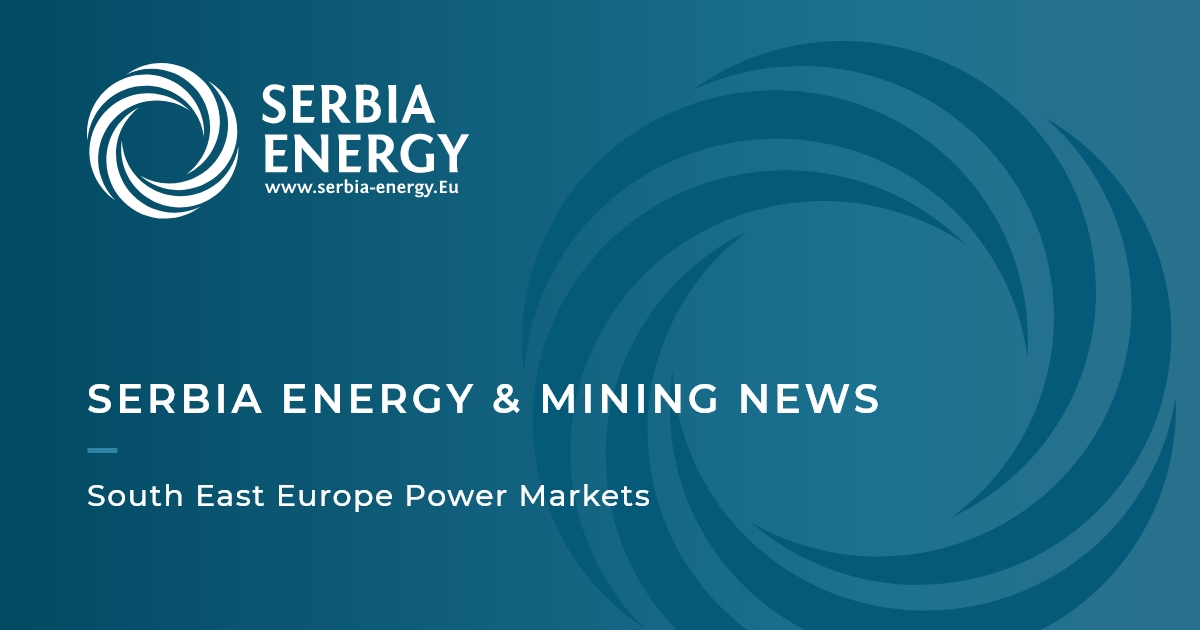Serbia’s economic growth will accelerate further to around 3 percent this year and around 3.5 pct in 2018.
National Bank of Serbia (NBS) Governor Jorgovanka Tabakovic said this while presenting the central bank’s February Inflation Report.
This year’s growth will continue to be led by investment and exports based on continued implementation of infrastructure projects and an improved investment ambience, the document said, according to Tanjug.
In her opening remarks, Tabakovic noted that 2016 ended with year-on-year inflation of 1.6 percent, the fiscal deficit of 1.4 percent, the current account deficit of 4percent , the NPL level of 17 percent, foreign direct investment of EUR 1.9 bln and the customary inflow of remittances of 2.6 bln.
This means, she continued that, according to preliminary results, the fiscal deficit of 1.4 percent was lowered by 2.3 percentage points relative to the year before, the current account deficit fell from 4.7 to 4 percent, and the level of NPLs fell by 4.6 percentage points to 17 percent compared to the end of the previous year.
“All these are reasons which underpin our decision to start this year with the new target of 3.0±1.5percent. The results from 2016 justify our decision to lower that target. I expect this will be the best confirmation that Serbia ranks among the countries running low and stable inflation,” the central bank’s chief said.
According to Tabakovic, inflation is expected to move within the target tolerance band as of early this year, on account of the effects of past monetary policy easing, the recovery of domestic demand and global oil prices, and a gradual rise in inflation abroad.
“The key risks to the projected inflation path are related primarily to the international environment, notably the diverging policies of the leading central banks – the Federal Reserve and the European Central Bank, as well as uncertainties associated with movements in oil prices. The Federal Reserve raised its rate in December and it became probable that the pace of rate hikes would be faster than expected,” Tabakovic said, remarking:
“On the other hand, the European Central Bank’s decision to extend its quantitative easing program until at least end-2017 signals the continuation of the
Bank’s monetary accommodation, expected to moderate adverse effects of the Fed’s policy.”
According to the governor, Serbia is today “more resilient to all external shocks thanks to the improved macroeconomic fundamentals, such as the narrowing of internal and external imbalances set in place by fiscal and structural adjustments.”








